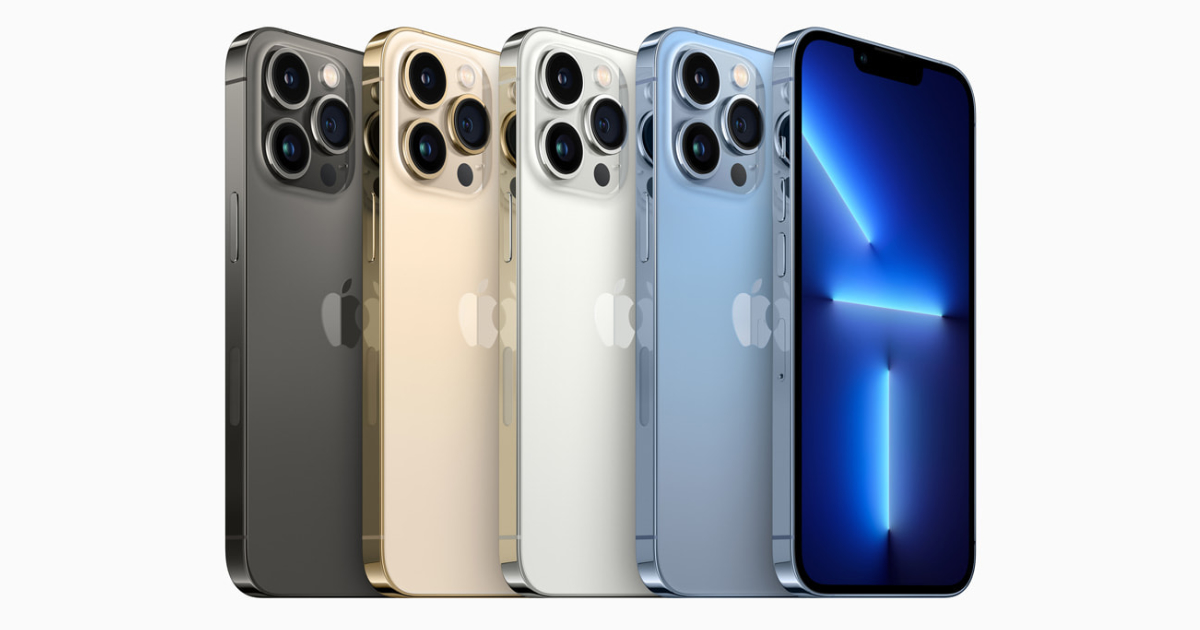New research shows that Apple’s new iPhone 13 lineup is holding its value better than previous models. For example, the level of depreciation impacting the lineup is half that of the iPhone 12 models. Though Apple phones usually hold high value than other brands, the research says this is “exceptionally low depreciation.”

iPhone 13 depreciates very little on the market compared to any other iPhone
According to SellCell’s research, based on data from 45 buyback vendors, iPhone 13 models have the best value retention of any iPhone in the first two months after launch, depreciating by only 25.5%. In comparison, the iPhone 11 lineup lost 44.6% of its value and the iPhone 12 lineup lost 41% of its value in the same period following its launch.
The research shows that some models in the lineup even recovered value after an initial drop post-launch. The iPhone 13 Pro Max in 1 TB regained 1.4%, the 512 GB variant recovered 1.7% of its launch price and the 128 GB version saw an impressive 1.8% regain. The 256 GB model remained unchanged, losing 18.3% of its value in month one and holding value in month 2.
The iPhone mini was the biggest depreciator in the lineup with the 128GB and 256GB models losing 5% and 7.5% respectively. Only the 512 GB variant regained 4% of its value.

One of the reasons for the reduced rate of depreciation may be attributed to the ongoing chip shortage alongside reasons like production cuts and shipping delays. These factors combined reduced the availability of the iPhone 13 models and pushed up prices of used devices. Until the full demand for iPhone 13 is met, SellCell suggests the devices could see more value recovery through the end of 2021.
These delays are, of course, inconvenient. However, the knock-on effect of such setbacks is inevitably an increase in demand for the product in question. This means that the iPhone 13 has seen the best value retention over the first two months since launch, compared to previous models; not just great news for Apple, but great news for those who secured a handset at launch.
It is unlikely that this depreciation trend will continue for future iPhone releases unless the component crisis continues into 2022-2023. It is more likely that the Cupertino tech giant will have enough devices to ensure supply meets demand by the time iPhone 14 is released, the research suggests.
Read more: